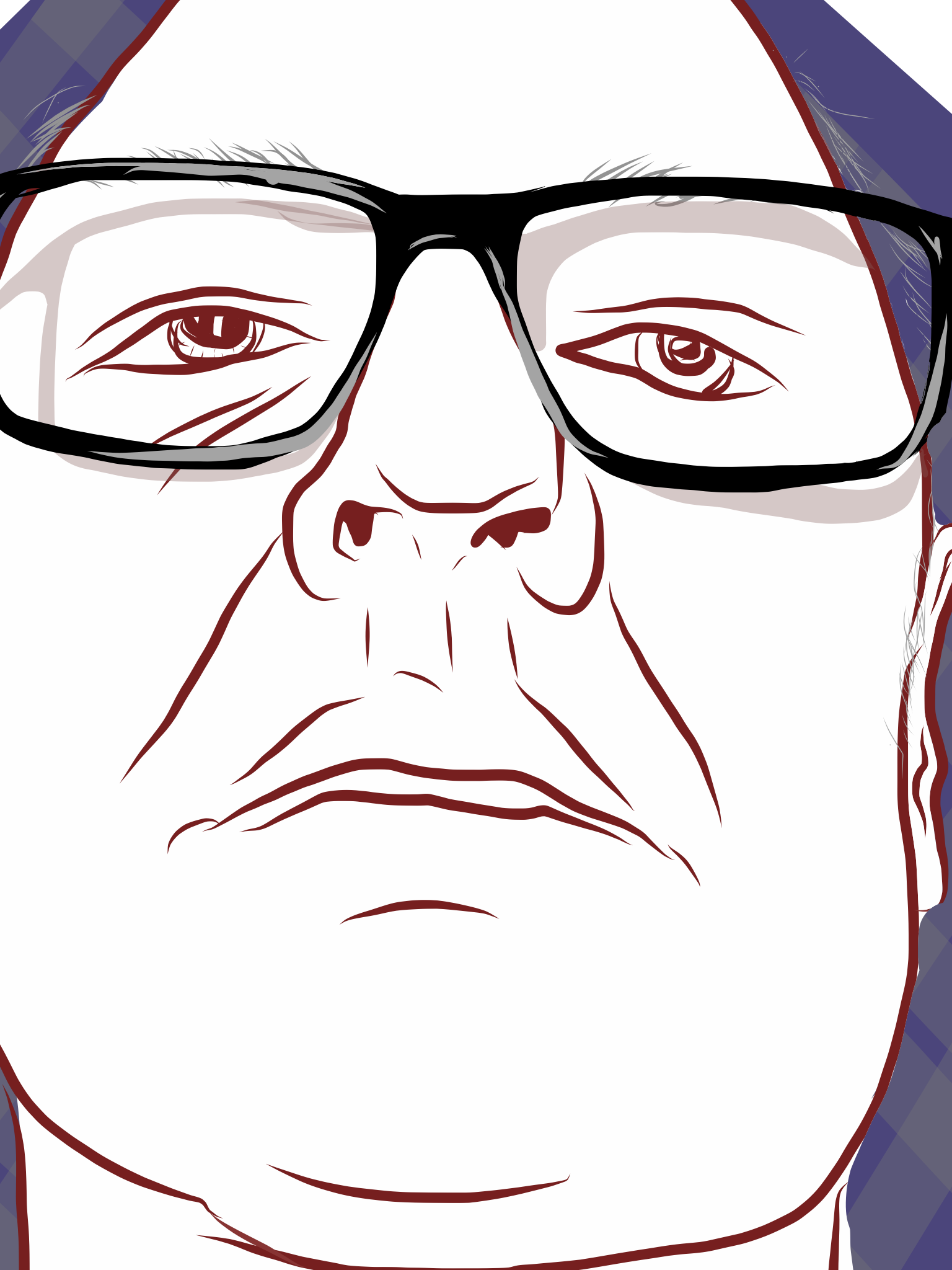Iconography, Branding and 3D Visualization
Introduction:
This student project focuses synthesizes skills developed in illustrator with concepts related to iconography, typography, branding and 3D visualization.
Symbols and Icons:
The word "symbol" is derived from the Greek word symbalaein meaning "coming together." Historically, abstract representation of things or ideas began in the world of commerce for accounting. Contracts between merchants were often recorded using devices known as tally sticks. Written on clay tablets or on wooden planks they would be broken in half with each party retaining one half of the contract. If a dispute arose each party would meet and bring the pieces back together to establish the truth of the claims being made. Both pieces would be meaningless on their own. Once they were brought together the meaning could be reconstructed!
Creating Icons:
We begin with the process of abstraction—the simplifying of a visual representation required in order to craft a sign that can be held in short-term memory long enough to migrate into long term memory. It is a subtle art one must remove superfluous information (A good icon should NEVER suffer from TMI!) much like a sculptor removes marble or clay to reveal the essential form. One must be careful not to remove too much in order to avoid losing the essence or meaning that one wishes to convey.
Example Icon Set with Grid: Students are challenged with developing a set of three icons that are Simple and Memorable, Familiar and Recognizable, Meaningful and Universal. The set has to have cohesive aesthetic styling that makes them look like they adhere to the same set of design principles.
Iconography is exceedingly important to us. Companies use them to develop a visual identity and we use them daily to interact with our devices in an easy and accessible manner. The former relates to the field of brand design whereas the latter refers to the field of design referred to as UI/UX design (User Interaction and User Experience design, respectively).
Branding not only connects to corporate identity, it traces its roots to the identification of ownership. At its most egregious simple symbols on iron rods would be heated red hot and would literally be burned into living chattel—be they slaves or livestock. It is important to note that this shameful act of claiming ownership is widely practiced today and we willingly participate in it. Yes!
Corporations spend billions of dollars in advertising "burning" their brands into the visual cortex of their targets—you and I!
It is somewhat disconcerting to think that these images are burned into our brains and can never be unseen. What is even more insidious is the fact that these visual symbols reside in the right hemisphere of our brains—the very emotional centre of our being! These corporations are hopeful that their symbols will connect to and resonate with very powerful positive emotions that will help to build lasting, long-term relationships. I remember my own daughter's who were able to pick out the MacDonald's sign well before their left brains were developed enough to actually read. Those golden arches remain embedded in us forever and we can never un-see them.
We are awash in brands today. Private and public spaces are overcrowded with them—fighting for our attention, so, if you are designing a brand it best be simple, easy to remember, recognizable, meaningful, and, hopefully, universal.
This Dia Del Muerte-inspired decal was created for a fictitious beverage company. The 2D version was rendered in Adobe Illustrator 2019.

